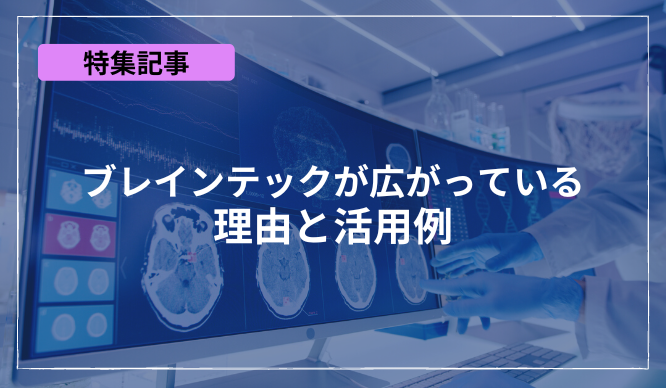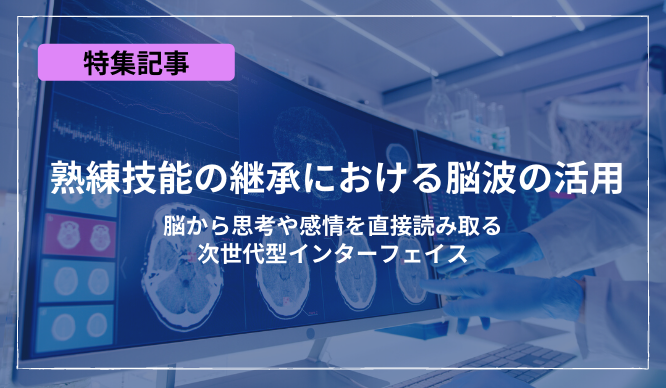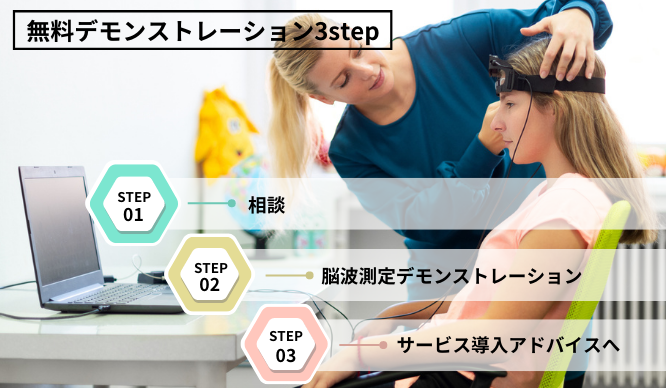Application for evaluation machine
Detect customers' true feelings using brain activity information! ~ A new approach with EEG ~
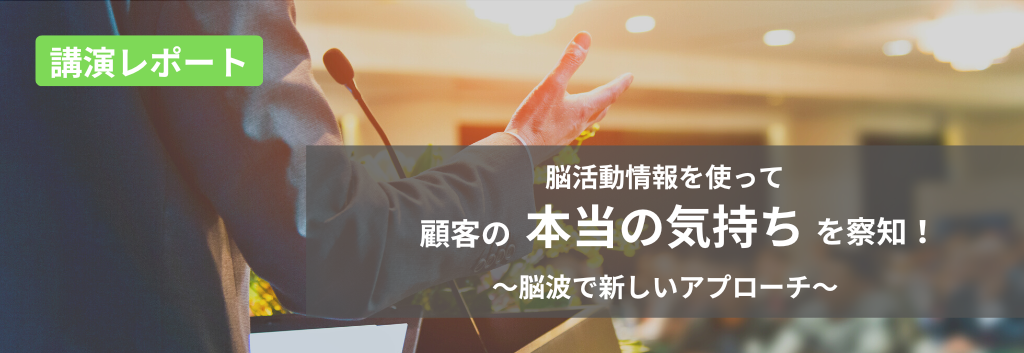
To make use of emotions and thoughts read from brain waves in business

4th Division 2nd Promotion Consultant Masashi Nagamori
Recently, a new marketing method (neuromarketing) that utilizes brain activity information has been proposed. It has attracted attention because it has the potential to analyze people's emotions and decision-making from brain activity, uncover consumer psychology and purchasing behavior meanings that were not visible with previous approaches, and lead to improvements in services and products.
In this article, Nagamori from Macnica will explain how human will and decisions are formed from a neuroscience perspective, and will provide some examples.
Braintech market trends in recent years
Braintech is a coined word that combines "Brain" and "Technology", and refers to technologies and services that use brain science. Braintech can acquire and analyze information on brain activity and utilize it in products and services.
From 2010 to 2020, the amount of Braintech investment in the world has grown almost steadily, growing from approximately 33.1 billion yen in 2010 to 730 billion yen in 2020, an approximately 21-fold increase in 10 years, reaching a total of 3 trillion yen. reach the size of a circle. As of 2020, there will be 1,200 companies involved in the braintech market, and 650 investment companies will invest in braintech companies.
There are a wide variety of products and services that use Braintech. For example, in medicine and medicine, it is used for the diagnosis of brain diseases and drug development. A brain-computer interface connects the brain to a computer so that the brain can command the device to operate. It has also begun to be used in the marketing field, creating a new field called “neuromarketing”.
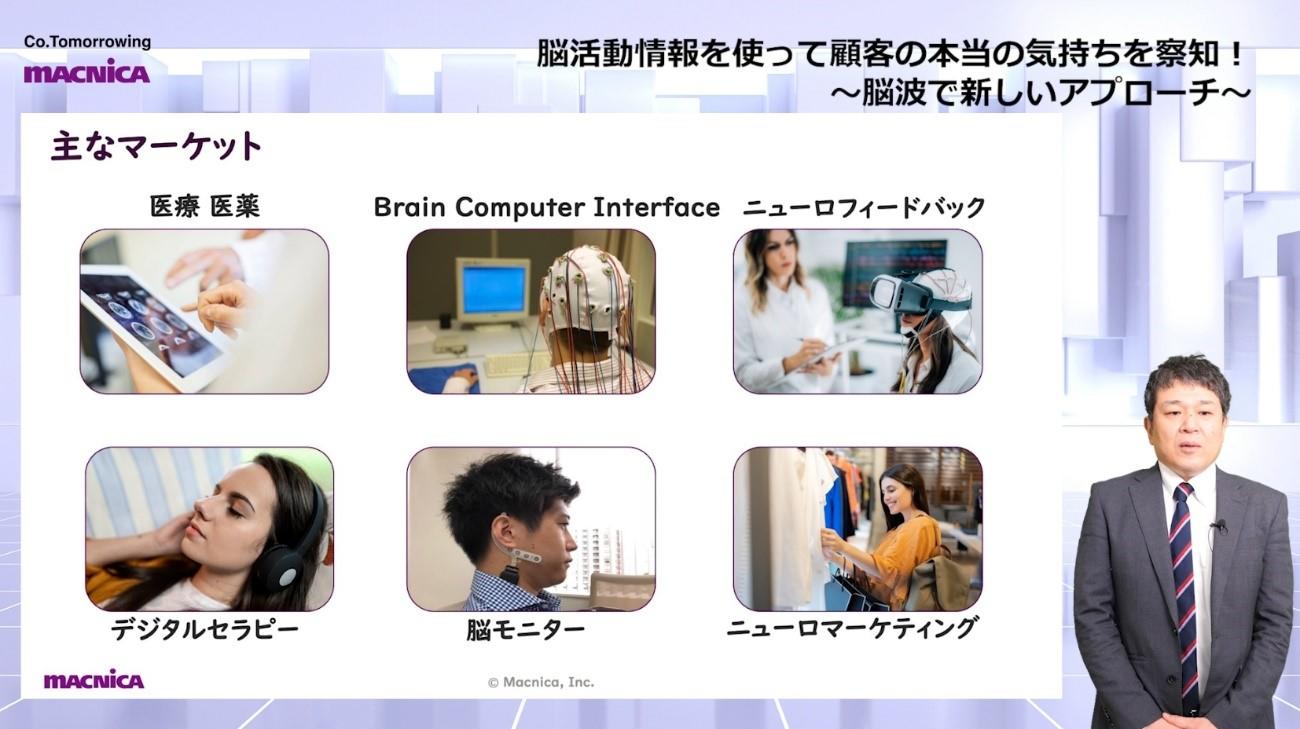
What is neuromarketing
On the Internet, "neuromarketing" is explained as "a method of analyzing the effects of advertisements, such as their psychology and behavior, by observing reactions in the brains of consumers." Looking at this alone, it looks like consumer awareness of corporate services and advertising, or something like a questionnaire survey, but in fact, looking at "reactions in the brain" is an important keyword.
Recently, we hear from companies that "Customer surveys are not very reliable" and "We can't get the feedback we really want from our customers." You can see the current situation. In addition, an increasing number of companies are emphasizing user experience (UX), which is the direct experience of customers.
If the voice of the customer obtained from the experience is not accurate and honest feedback, the meaning of UX for the company will be diminished.
* This article explains how to assess customer preferences in neuromarketing!
For example, can you give feedback to sales representatives about driving comfort when they test drive a car? Can you put into words the acceleration performance when you step on the accelerator and the braking performance when you step on the brake? When a salesperson tells you, "The suspension has changed from the old model...", you may realize it for the first time and give feedback on the sales pitch.
Humans make conscious and unconscious decisions. If we compare this ratio to an iceberg floating in the ocean, only about 5 % of decisions are made consciously, and the remaining 95 % are said to be unconscious decisions.
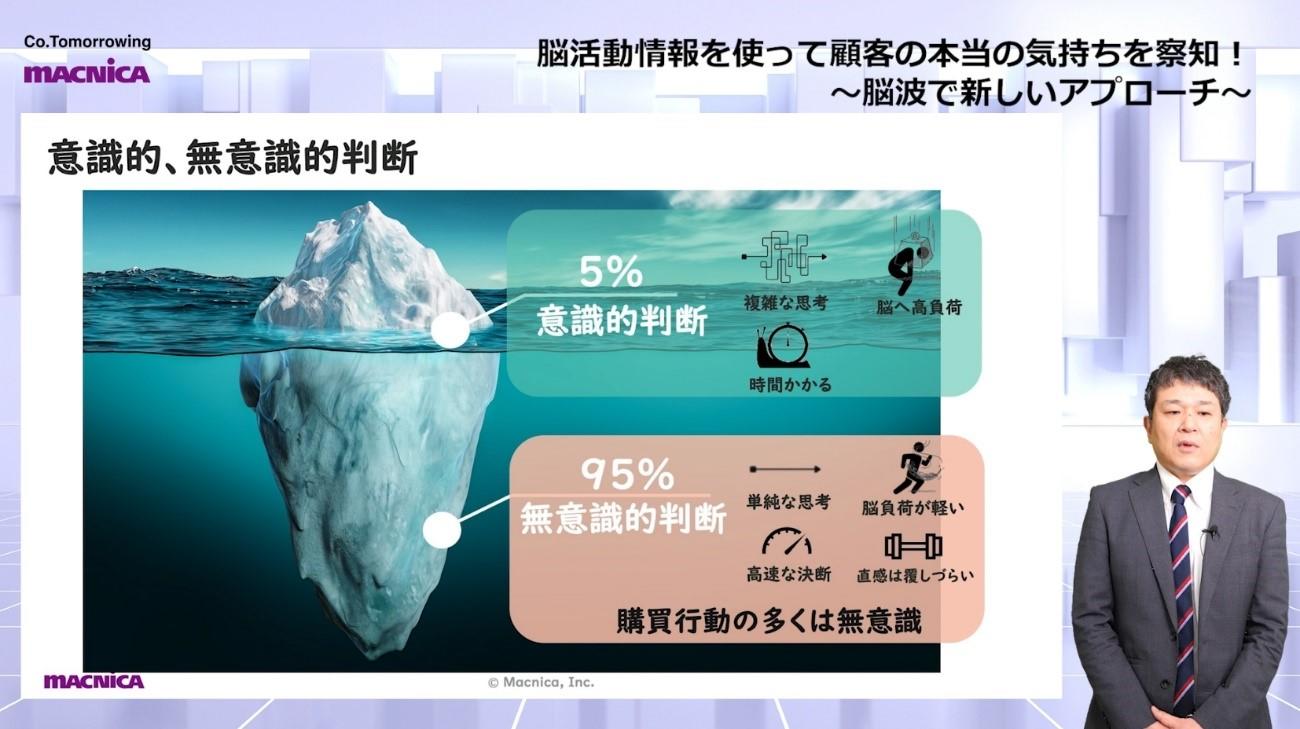
Conscious judgment is based on a wide range of advanced knowledge and follows a very complicated thought process, so it takes time to make a decision and the burden on the brain is high.
Unconscious judgments, on the other hand, are strongly linked to intuition. Judgments such as "looks good" at a glance are intuitive and fast, and the load on the brain is low. Intuition also has the characteristic that once it is judged, it is difficult to overturn it.
For example, even if you look around for various products while shopping, the one you end up buying will probably be the first one that you feel is good. Most of our daily decisions are made through this process.
In other words, neuromarketing is about capturing the unconsciousness of customers by looking at their brain reactions, providing feedback, understanding the true intentions of consumers and users, developing better products, improving content, and utilizing it for branding and marketing strategies. It will be possible.
how people judge
Here are some studies on human judgment and brain activity. First, a well-known neuroscientist, Benjamin Libet, investigated the timing of brain activity during the simple act of bending a person's wrist.
In this study, an electroencephalograph was attached to a person's head, and subjects were asked to bend their wrists at any time. Here we use a clock. Ask the subject to remember when to bend their wrist. Then, it was found that brain waves were detected 0.5 seconds before the subject flexed his wrist, and brain activity started 0.5 seconds before the movement started. We tend to think that this result is because the brain is preparing to bend the wrist. rice field. In other words, brain activity begins 0.3 seconds before a person decides to bend their wrist.
Mr. Libet was surprised by this result and said that he conducted the experiment many times. Other researchers conducted similar experiments, but it seems that the results were the same. This result raised the suspicion that human free will is an illusion.
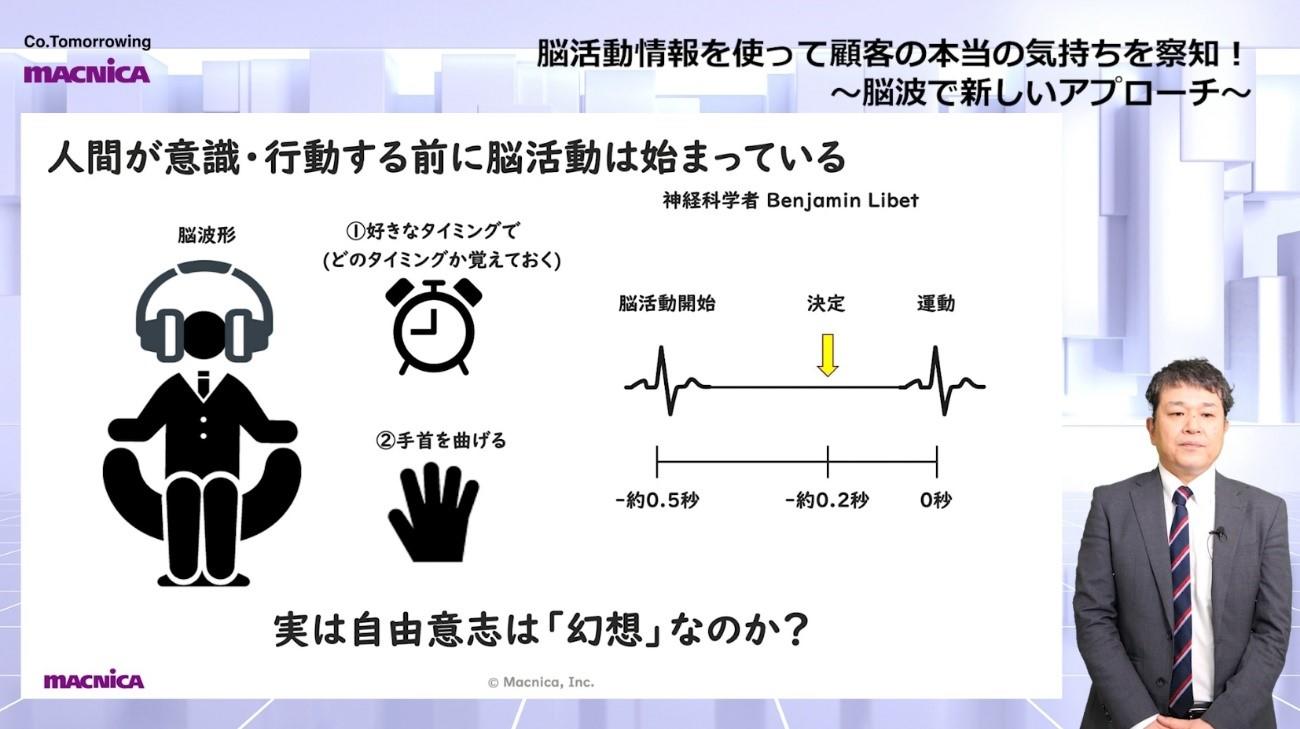
The other is an experiment using a card game. In this experiment, prepare four piles of cards (A, B, C, D) labeled "Profit" and "Loss". Mountains A and B are high-risk, high-return, and mountains C and D are low-risk, low-return. Subjects are blinded to this and asked to draw a card while measuring mental perspiration. Mental sweating is like sweating when you are tense.
As a result of the experiment, when the subjects drew cards an average of 80 times, they realized that A and B were dangerous piles, and C and D were safe piles, and after that they began to draw cards from piles C and D. Upon further analysis, I unconsciously avoided drawing cards from the A and B piles about 40 times. However, looking at the amount of mental perspiration, it was found that more cards were drawn from the A and B piles than from the C and B piles in about 20 times.
From this, it can be seen that the tension level was high when drawing cards from the piles A and B about the 20th time, and the body was already aware of the danger. From this, it means that the behavior is changed after the first intuition, and the consciousness is made later. Judgments are made in the unconscious, raising the possibility that what people thought was conscious was actually not.
From these experimental results, we can see that ``human behavior is determined unconsciously and can be explained later.'' Therefore, it is highly possible that interviews and questionnaires cannot accurately explain the reasons for people's actions, and the people who respond to interviews and questionnaires are not aware of it, or even if they explain their reasons, they may not be correct. There is no. Therefore, there is a need to accurately and in detail examine the reasons for human behavior based on brain activity through neuromarketing.
Possibilities of neuromarketing
How does neuromarketing get customer feedback? Here, we will explain how to use brain waves to look at emotions and see gaps in customer expectations.
An example of using brain waves to look at emotions is the famous experiment called "Pavlov's Dog." As the dog repeatedly experiences being fed by the sound of the bell, it will start drooling just by hearing the sound of the bell. It is thought that this is because dogs have come to expect that the sound of the bell is ``rewarded'' for the sound of the bell, which originally has no meaning.
Second, we look at the gaps in customer expectations. In an experiment using a monkey, first there are two lights on the left and right, and when the light on the left lights up, the button there is pressed. This is the basis for selection behavior. When the test starts and the light comes on, the monkey is asked to press either the left or right button. If the left light turns on and you press the left button, you get a reward banana, and if you press the opposite button, you get nothing. By repeating this, the monkey will learn that pressing the button on the same side as the light that is lit will give you a banana.
And when I changed the reward from banana to lettuce when I got used to it to some extent, the monkey showed anger. This is thought to be due to the prediction that the monkey would receive a banana as a reward for performing a specific action, and that the reward was lower than expected.
These two are animal experiments, but basically the same is true for humans. People act by predicting future rewards from information obtained from the five senses and experiences and learning. Next, detect the result of the action and determine the deviation from the expected result. Emotions such as learning from errors, joy, disappointment, and anger are born. And when the result obtained is not as good as the expected reward, a specific brain wave occurs. By measuring this, you can see the negative deviation from people's expectations.
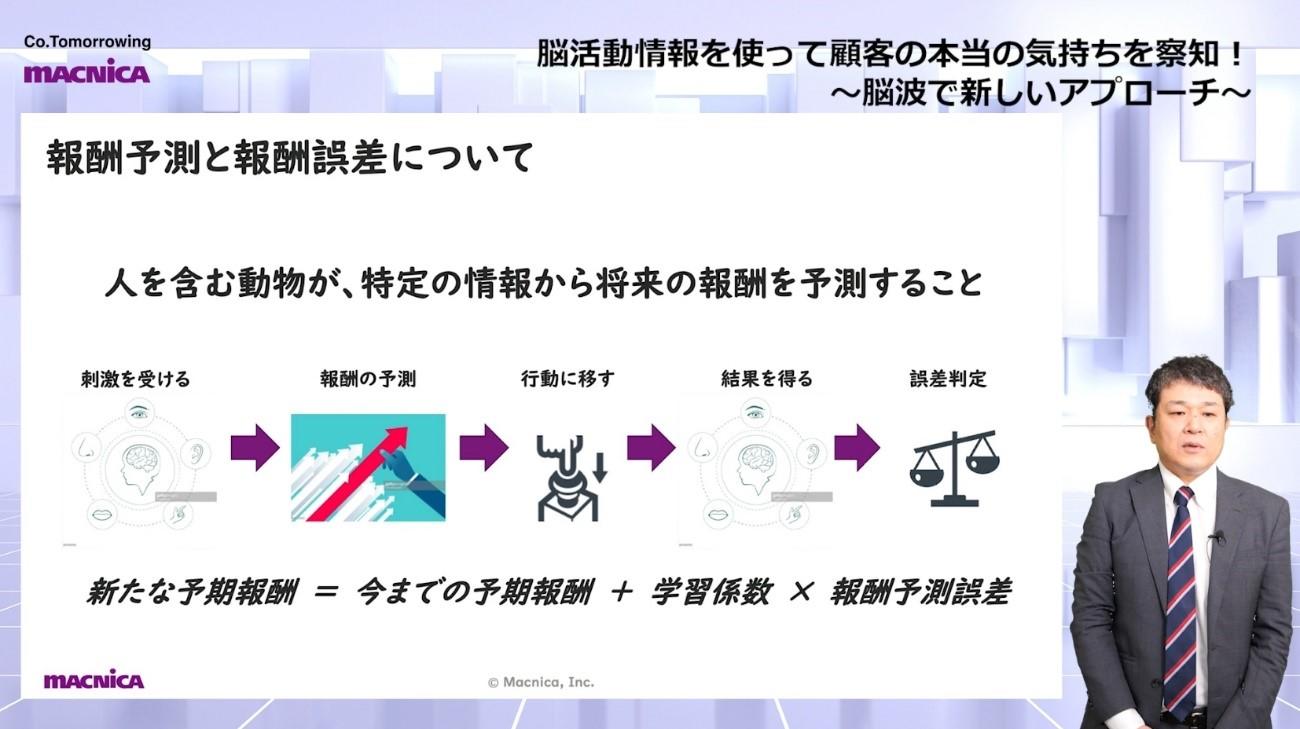
Neuromarketing can reveal the customer's unconsciousness in this way and obtain useful information.
For example, we can listen to the impressions consumers have of corporate advertisements and product packages and their penetration, which consumers themselves are unaware of, and use it to measure effectiveness and strategies. Furthermore, it is expected to bring the right direction and deep consideration in the development and improvement of products and services. Brain science has the potential to change the way marketing is done.
Macnica 's vision for the future society using brain activity information
Neuromarketing is a part of brain tech that uses brain science. It is thought that products and services based on Brain Tech will be launched in the future, and the usage scenarios will expand. One of these will be the further advancement of the provision of personalized products and services. Many existing products and services are designed for large groups (mass), but we will see an increase in activities that target the individuality and preferences of each individual. I believe that with Brain Tech, we will be able to create a society based on individual happiness.
It is also possible to accelerate cross-communication. Some thoughts that cannot be put into words can move people or be beneficial to society. For example, people may be connected in virtual space, new ideas, worries and sufferings may be shared with the world, and an even better society may be formed.
The time has come when Brain Tech will not only be used by the majority, but also by social minorities, and will be used by people from all walks of life, genders, nationalities, and both healthy and disabled people. Words, pictures, images, sounds, and videos that come to mind will be conveyed through a communal virtual space and realized through the eyes, ears, and other senses, creating a diversity of expression.
In this way, Braintech is expected to not only use brain activity information to promote corporate activities, but also contribute to the realization of a society where the diversifying values of individuals are respected. Through Brain Tech, Macnica will continue to contribute to creating a society that is even more enriching for individuals, where no one is left behind.
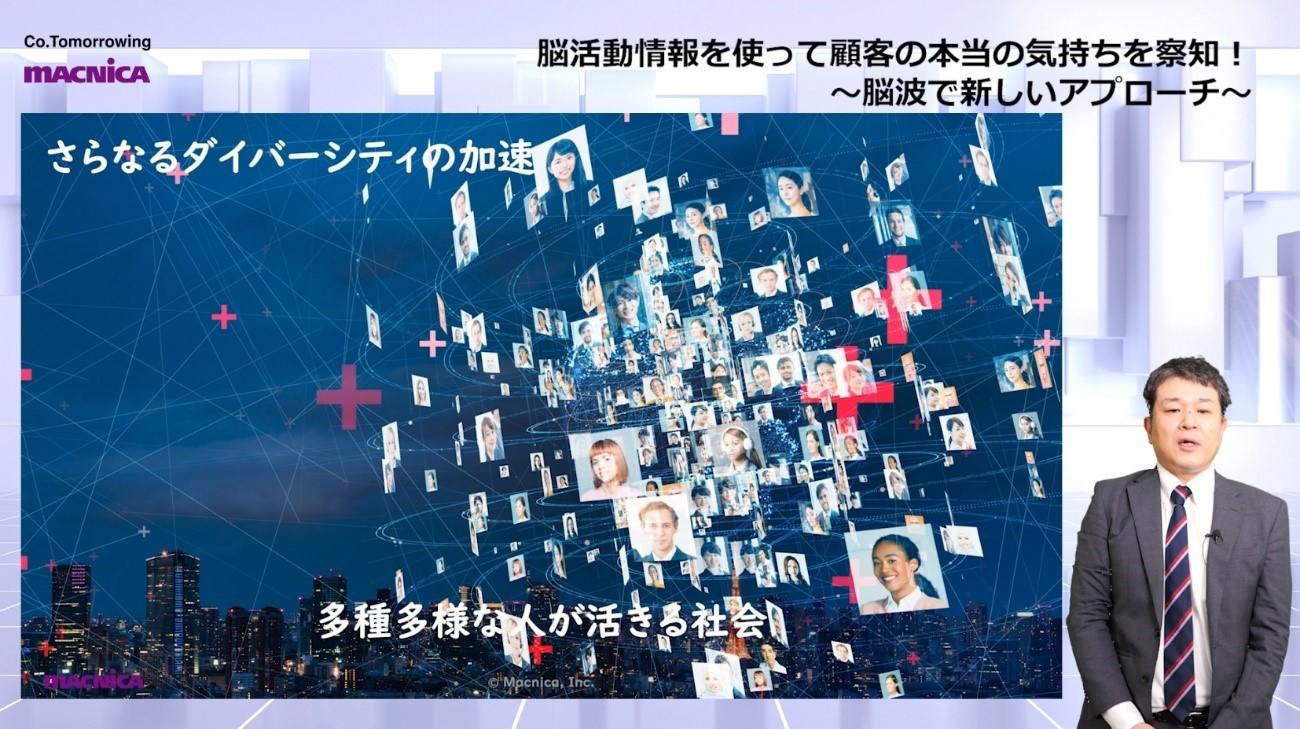
movie
This content is also introduced in the video. If you are interested, please apply below.
free demonstration
Guidance of the demonstration
Would you like to actually measure brain waves?
What is the "skill transfer of experts" based on brain waves? What is AI that learns human consciousness and judgment?
I think there are a lot of unknown things, so why not try measuring your brain waves first and experience what it's like?
After the actual measurement, we will provide support from proposals to implementation and operation so that we can use AI using EEG at the customer's site while including examples of AI utilization in our activities so far. increase.
Learnmore
List of articles
List of articles
If you are interested in other Braintech-related articles, please click here.
Document download
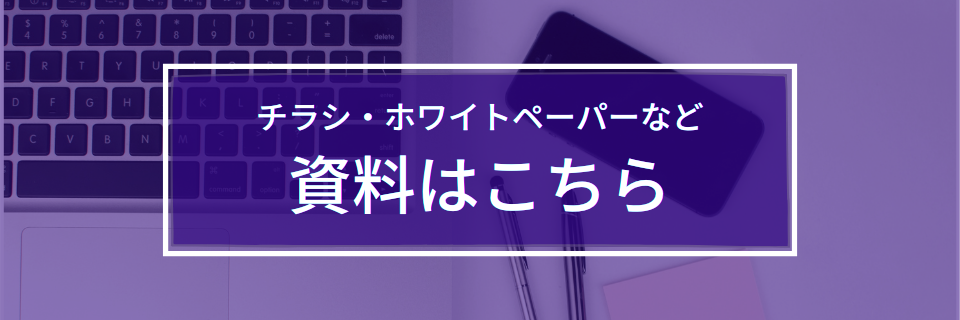
If you want to know the details, please download the materials from here.
Inquiry
If you have any questions regarding this article, please contact us below.

